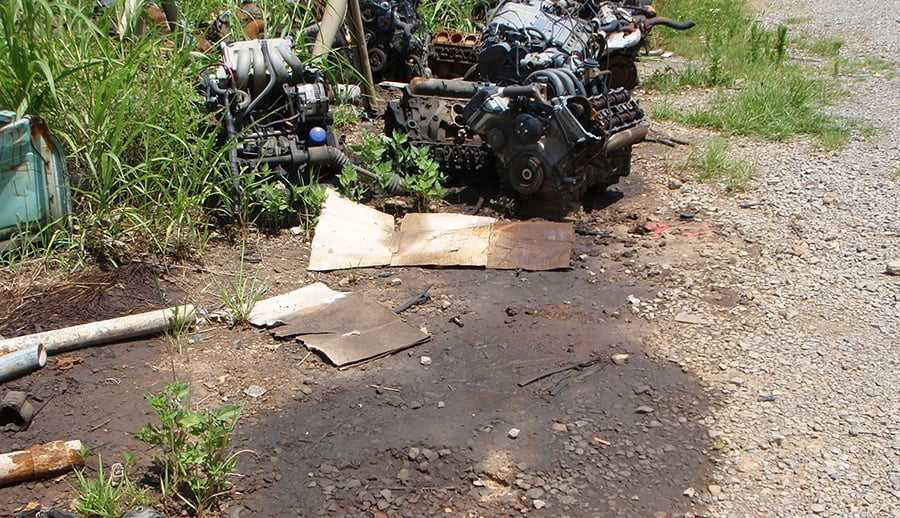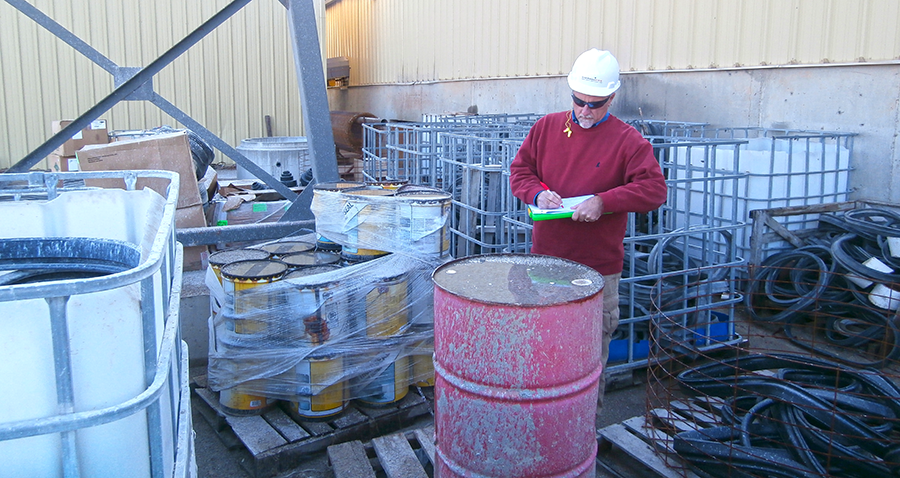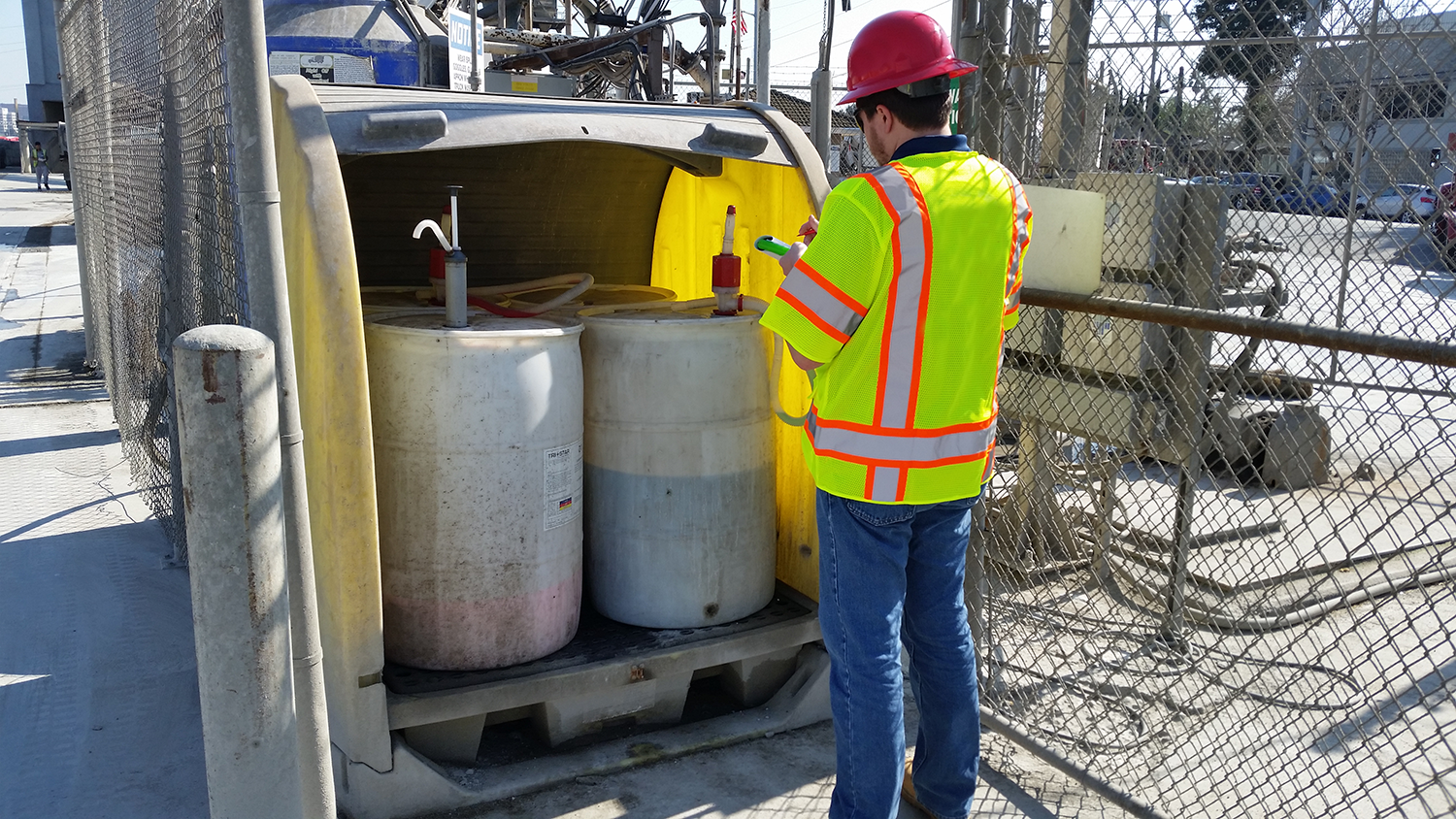Know what recognized environmental conditions in Phase I Environmental Site Assessments represent.
Phase I site assessments can be a tricky document to understand if you really dive in deep to them. Here we discuss a common element seen in any Phase I environmental assessment, even if your property or site appears pristine and beautiful.
I just finished up a round of Phase I environmental assessment's for a great client of ours, and spent some time going over my findings with them. During our meeting, a new member of my client's staff looked confused, and asked:
What are RECs in a Phase I Environmental Site Assessment?
Good question! So I told him "It stands for recognized environmental conditions." He went "Oh ok... so what's a recognized environmental condition?"
If there's one thing the environmental world has enough of, it's acronyms. I foolishly though everyone knows what an RECs in a Phase I ESA were, but turns out, that's not the case.

When we do a Phase I site assessment for someone, one of our main jobs is to evaluate the presence of a Recognized Environmental Condition (REC) at or near the property in question. Our clients want to know what they might be getting themselves into before they conduct the transaction.
In terms of property transactions, the use of a Phase I environmental site assessment is your best insurance at finding out what you might be getting yourself involved with so you can make sound business decisions. In addition, it also limits your liability, should something be discovered later that you were unaware of. A Phase I site assessment just makes good business sense, and should be part of everyone’s environmental due diligence process.
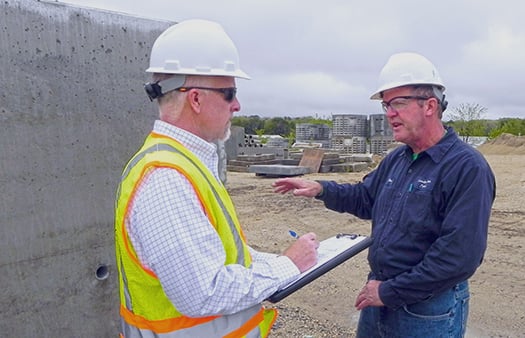
What are Recognized Environmental Conditions in a Phase I Environmental Site Assessment?
A Phase I site assessment is conducted to look for releases to the environment, or potential releases to the environment – of hazardous substances or petroleum products on or in the vicinity of the property in question. These releases would be a Recognized Environmental Condition.
Recent changes to the Phase I standards (ASTM 1527-13) redefine environmental conditions as follows:
Recognized Environmental Conditions (REC)
The presence or likely presence of hazardous substances or petroleum products in, on, or at a property, due to any release to the environment, under any conditions indicative of a release to the environment, or under conditions that pose a material threat of a future release to the environment. An example would be indications of an oil spill or chemical spill at a property.

Historical RECs (HREC)
These are past releases that have occurred and which have been addressed to the satisfaction of the applicable regulatory oversight agency (usually either a state environmental agency or the Federal USEPA), or which meet unrestricted use criteria without the addition of any required controls (such as property use restrictions, engineering controls, activity and use limitations, etc.). For example, this might be a release to the environment that has been cleaned up to the satisfaction of the applicable regulatory agency.
Controlled RECs (CREC)
These are past releases that have occurred and which have been addressed to the satisfaction of the applicable regulatory oversight agency, but at which the hazardous material or petroleum product has been allowed to remain in place subject to the use of some form of required control. An example would be the presence of soil contamination which is allowed to remain in place by the regulatory agency at a property, but the property is required to construct an impermeable cap above the contamination or prohibit soil disturbance or the drilling of a potable water well.
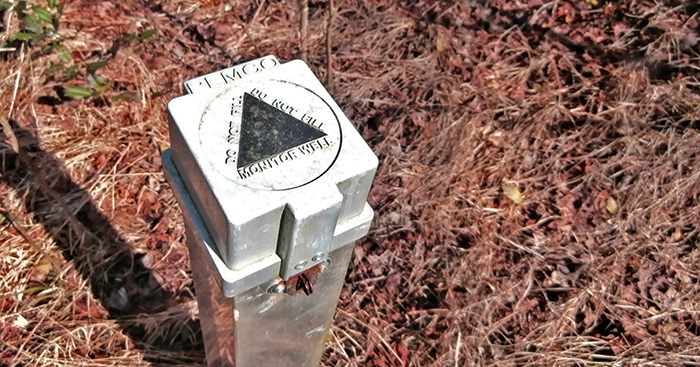
Are RECs in a Phase I ESA bad?
They're not necessarily bad, or potential deal killers. It depends on a number of factors, such as the severity of the release, status of the release, controls in place, desired use of the property, and more. Figuring out if any on-site conditions are bad is precisely the reason for a Phase I ESA conducted by a skilled Environmental Professional. You get it done in the first place so that prudent business decisions can be made based on the conclusions and recommendations of the Phase I site assessments. That’s also why it’s important to ensure that the Phase I ESA is done by someone skilled in the process.
Are you looking into a Phase I, and concerned about the results? We've conducted hundreds of Phase I environmental assessments across the US, and can help you today. To learn more, click here to contact us or give us a call at 609-693-8301.






